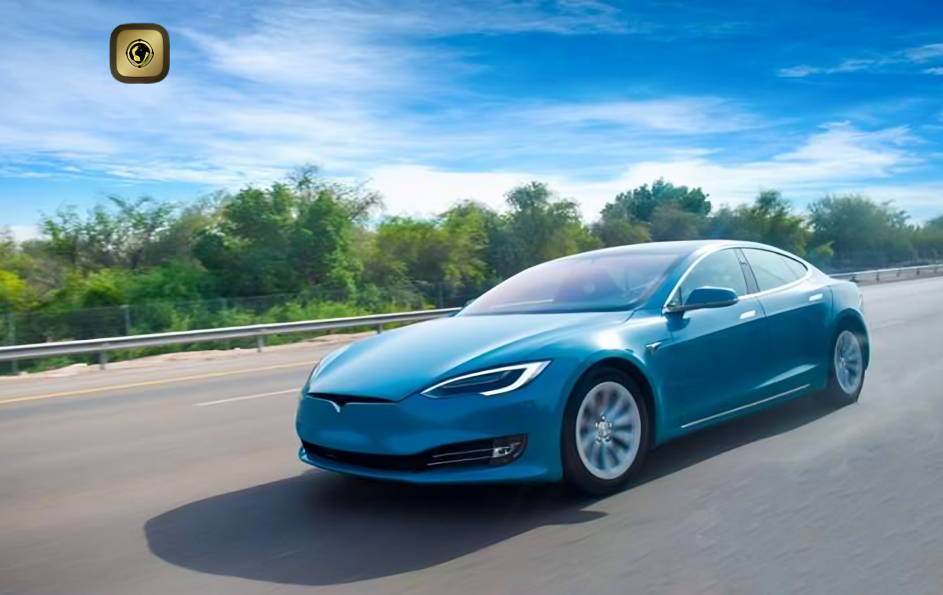March 30, 2025
Driving on steep inclines or rough terrain can be difficult, particularly when trying to keep control of your vehicle. The Hill Descent Control (HDC) system is intended to enhance this experience by making it safer and more manageable. Incorporated into numerous modern vehicles, particularly off-road vehicles and SUVs, HDC assists drivers in descending slopes smoothly and securely.
While HDC minimizes the likelihood of accidents, having extensive car insurance is essential to safeguard against unexpected incidents and ensure peace of mind.
How Does Hill Descent Control Work?
- Hill Descent Control (HDC) is a sophisticated system that automatically manages a vehicle’s speed during downhill driving. It employs the car’s anti-lock braking system (ABS) and traction control to regulate braking pressure on each wheel, preventing slipping and maintaining stability on steep or slick surfaces. The system assists in sustaining a consistent speed, taking over the brake control so the driver does not need to keep applying the brake pedal.
- To engage HDC, the driver merely activates the system by pushing a button. Once activated, the vehicle will reduce its speed to a predetermined level, allowing the driver to concentrate on steering without the concern of braking. The system generally operates within a speed range of 12 mph in low gear and up to 19 mph in high gear, influenced by the terrain.
Uses of Hill-Descent Control
Hill Descent Control is particularly advantageous in various driving scenarios, offering numerous benefits:
- Steep Descents:
Whether navigating down a mountain road or a rugged trail, HDC aids in maintaining control by managing speed and preventing skidding or loss of control. - Slippery Surfaces:
HDC is advantageous when maneuvering on roads covered in gravel, mud, snow, or ice. It guarantees that the vehicle retains traction and stability, enhancing safety during descents. - Uneven Terrain:
On rocky or irregular surfaces, HDC ensures the vehicle’s speed remains constant, facilitating a smoother descent over challenging obstacles. - Comfort and Safety:
HDC lessens the driver’s need for frequent brake adjustments, reducing fatigue and stress during a steep or prolonged descent. This improves overall driving comfort. - Brake Protection:
By utilizing HDC, the vehicle’s brake system endures less wear, potentially prolonging brake lifespan and decreasing maintenance expenses.
Conclusion
Hill Descent Control guarantees safer descents by regulating speed and braking, minimizing fatigue, and benefiting drivers on steep or uneven terrain. Keep in mind that while HDC can enhance safety, having comprehensive or at least third-party car insurance remains crucial to protect your vehicle.
FAQ
Can I use Hill Descent Control on flat roads?
No, Hill Descent Control is designed specifically for use on steep, downhill descents. It is unnecessary on flat roads.
Does Hill Descent Control automatically stop the car?
No, Hill Descent Control assists in maintaining a constant speed but does not halt the vehicle. It enables you to descend securely at a controlled speed.
Is Hill Descent Control available on all vehicles?
No, it is primarily found in off-road vehicles and SUVs, although some modern cars may include it as an optional feature.
Does Hill Descent Control take the place of conventional braking?
No, it enhances braking during downhill slopes, but standard brakes remain essential for ordinary driving circumstances.
Disclaimer: The information provided above is solely for demonstration purposes. For further information, please consult the policy wordings and prospectus prior to finalizing the purchase.



Leave A Comment